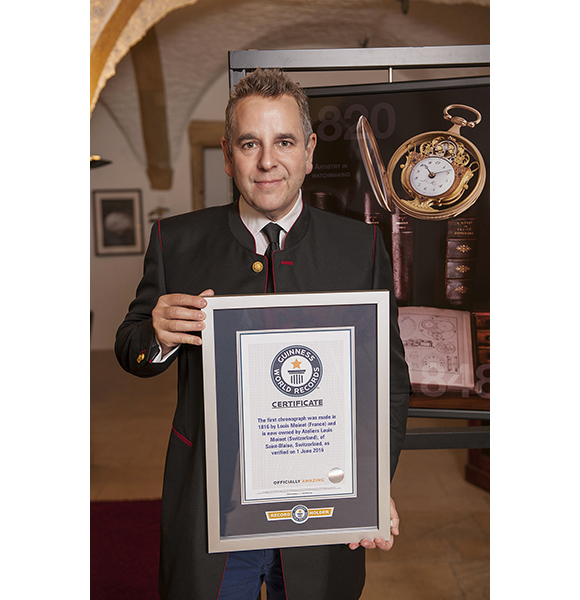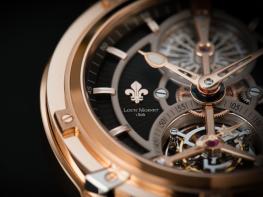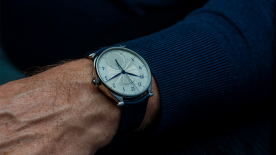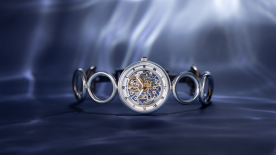There are plenty of eminent watchmakers that are around ten or fifteen years old: Hautlence, H. Moser & Cie, Greubel Forsey and Pierre DeRoche, to name a few. And yet there is one in particular that looks to be cutting a swathe through the competition: les Ateliers Louis Moinet.
From UNESCO to the Guinness Book
The watchmaker has already won numerous prizes and awards, including a Merit for Development in Watchmaking Art and Technology awarded by UNESCO, which is not something you see every day. Today, the Ateliers Louis Moinet announced their recognition by the Guinness World Records organisation, for the world’s first chronograph.
“Louis Moinet designed his Counter of Thirds in 1815, and finished it in 1816, as we know from several independent evaluations,” notes CEO Jean-Marie Schaller. “We were able to establish this definitively when we actually laid our hands on the piece, which some people thought was a watchmaking myth. After that, one thing followed another very quickly, with several Memoris limited editions, our tribute to Louis Moinet. The recognition we have received from the Guinness World Records organisation is a superb end to this commemorative year.”

In good company
An entry in the Guinness Book is not unique in the world of watches. Brands including Bell & Ross, Graff, Patek Philippe, Armin Strom and independent watchmakers such as Andreas Strehler all have entries of their own.
There are nevertheless some important differences with Louis Moinet’s record. These records, whether for the most expensive, the most watertight or the most complicated watch, are more than likely to be broken at some future time. And while the invention of the chronograph in 1816 may be challenged one day, in two centuries of research no comparable inventions have come to light. With every day that passes, the historical place of Louis Moinet’s Counter of Thirds seems more unassailable.
Les Ateliers Louis Moinet are proud of their Guinness World Record because it establishes the technical primacy of the Counter of Thirds, and it also represents a major boost for the historic legacy of Louis Moinet himself. “Ten years ago no one, or virtually no one, except for history-mad watch enthusiasts, had heard of Louis Moinet,” notes Jean-Marie Schaller. “Five years ago we started to feel a current, not just in Europe but worldwide. Collectors became interested in our pieces and also, incidentally, in the person who had inspired them. Today, this Guinness World Record has opened another door: the door to the general public. Given that the chronograph is one of the most common complications in the world, its undisputed connection with Louis Moinet, by a publication as powerful as the Guinness Book, will significantly raise awareness of Louis Moinet. It will help return him to his rightful place in the pantheon of watchmakers.”
So, is this “mission accomplished” for Les Ateliers? Far from it. Louis Moinet’s work remains poorly appreciated. Most people will have no idea that this Guinness World Record for the world’s first chronograph conceals another record, for high frequency. Moinet’s Counter of Thirds, back in 1816, beat at 216,000 vph! No one came close to this record until Jack Heuer matched it one hundred years later. Louis Moinet was also an accomplished artist, and many of his paintings and sculptures are awaiting rediscovery. There’s a great deal to look forward to over the coming century!






